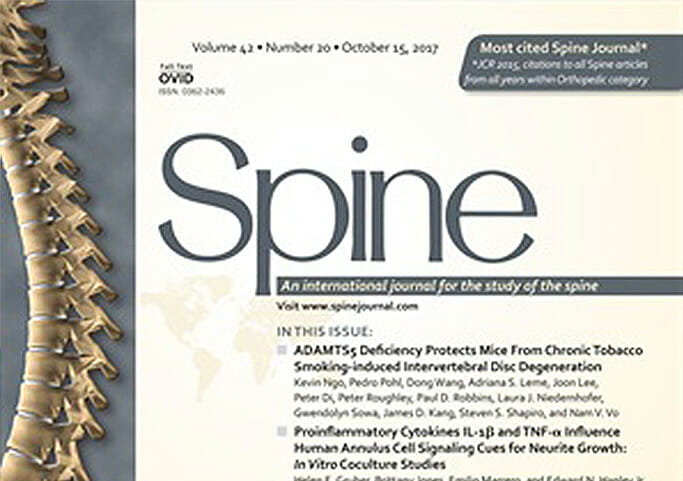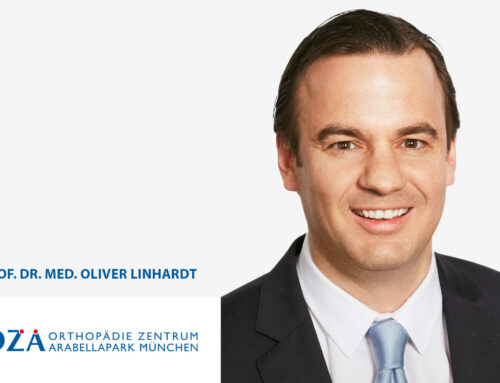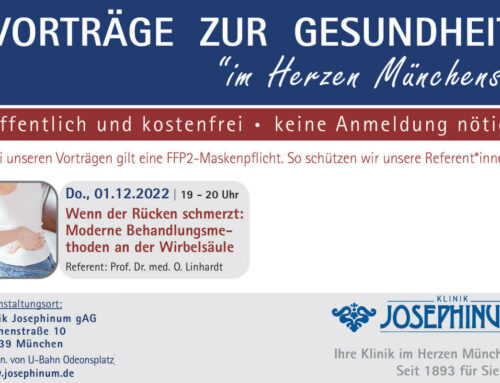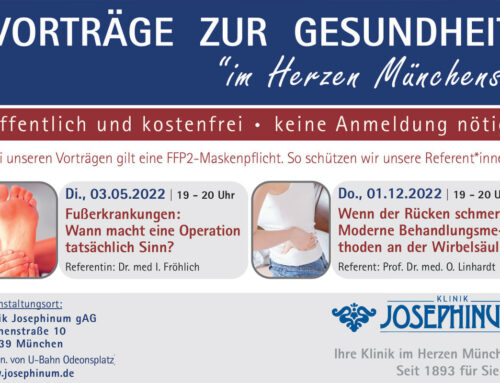In der angesehensten, internationalen Zeitschrift zur Erforschung von Erkrankungen und Therapien der Wirbelsäule „Spine“ ist aktuell eine Studie veröffentlicht worden, an welcher Prof. Linhardt maßgeblich beteiligt ist.
Hierbei kann der Zusammenhang von lokalem Rückenschmerz und Arbeitsbelastung dargestellt werden. Zudem zeigt sich, daß Arbeitsbelastung zwar zu degenerativen Veränderungen der Wirbelsäule wie Bandscheibenvorfällen und Verschleiß führt, aber nicht alle diese Veränderungen Rückenschmerzen verursachen. Diese Tatsache ist zwar bereits aus dem klinischen Alltag mit Rückenpatienten bekannt, jedoch bisher noch nicht in großen wissenschaftlichen Studien für rückenbelastende Berufsgruppen untersucht worden.
SPINE Volume 42, Number 20, pp E1204–E1211
2017 Wolters Kluwer Health, Inc. All rights reserved.
Do Occupational Risks for Low Back Pain Differ From Risks for Specific Lumbar Disc Diseases?
Results of the German Lumbar Spine Study (EPILIFT)
Annekatrin Bergmann, MD,_ Ulrich Bolm-Audorff, MD,yy Dirk Ditchen, PhD,§ Rolf Ellegast, PhD,§
Joachim Grifka, MD,jj Johannes Haerting, PhD,_ Friedrich Hofmann, PhD,§§ Matthias Jäger, PhD,z
Oliver Linhardt, MD, PhD,jj Alwin Luttmann, PhD,z Hans Jo¨rg Meisel, MD, PhD,y Martina Michaelis, PhD,__Gabriela Petereit-Haack, MD, PhD,yy Barbara Schumann, PhD,{{ and Andreas Seidler, MD, MPHzz
Study Design. A multicenter, population based, case-control study.
Objective. The aim of the present analysis is to clarify potential differences in the ‘‘occupational risk profiles’’ of structural lumbar disc diseases on the one hand, and low back pain (LBP) on the other hand.
Summary of Background Data. Physical workplace factors seem to play an important etiological role.
Methods. We recruited 901 patients with structural lumbar disc diseases (disc herniation or severe disc space narrowing) and 233 control subjects with ‘‘low-back-pain.’’ Both groups were compared with 422 ‘‘low-back pain free’’ control subjects. Case history, pain data, neurological deficits, and movement restrictions were documented. LBP was recorded by the Nordic questionnaire on musculoskeletal symptoms. All magnetic resonance imaging, computed tomography, and X-rays were inspected by an independent study radiologist. The calculation of cumulative physical workload was based on a computerassisted interview and a biomechanical analysis by 3-D-dynamic simulation tool. Occupational exposures were documented for the whole working life.
Results. We found a positive dose-response relationship between cumulative lumbar load and LBP among men, but not among women. Physical occupational risks for structural lumbar disc diseases [odds ratio (OR) 3.7; 95% confidence interval (95% CI) 2.3–6.0] are higher than for LBP (OR 1.9; 95% CI 1.0–3.5).
Conclusion. Our finding points to potentially different etiological pathways in the heterogeneous disease group of LBP. Results suggest that not all of the structural disc damage arising from physical workload leads to LBP.
Key words: etiologic factor, disc narrowing, dose-response relationship, low back pain, lumbar disc disease, lumbar disc herniation, occupational risks, physical workload, physicalworkplace factors.
Level of Evidence: 4
Spine 2017;42:E1204–E1211







